- No products in the cart.
Indomethacin suppositories 50mg altfarm 10 pc
$2.64
Indomethacin suppositories 50mg altfarm 10 pc
SKU: 1746087341 Categories: Joints and muscles, Medicaments, Pain and inflammation Tags: ALTFARM, rectal suppositories
Description
Composition
Active substance:
1 suppository contains: indomethacin – 50 mg or 100 mg.
Excipients:
Glycerides of fatty acids (tallow, witepsol H15) – 0.95 g or 1.0 g
Description:
Rectal suppositories.
Product form:
Rectal suppositories of 50 mg or 100 mg of 5 pieces in the contour blister made of PVC foil. Two contour package together with instructions for use in paper cartons.
Contraindications
– Hypersensitivity. – full or partial combination of asthma, recurrent nasal polyposis or paranasal sinuses and intolerance to acetylsalicylic acid and other NSAIDs (including history). – Erosive-ulcerative changes of the gastric mucosa or duodenum 12, active gastrointestinal bleeding, including rectal, or other cerebrovascular bleeding. – inflammatory bowel disease (Crohn’s disease, ulcerative colitis) in the acute phase. – Hemophilia and other bleeding disorders. – Liver failure. – renal failure (creatinine clearance less than 30 mL / min), progressive renal disease, confirmed hyperkalemia. – the post-coronary artery bypass grafting. – Pregnancy. – The period of breastfeeding. – Children up to age 14 years. – disease of the optic nerve, impaired color vision. – proctitis, hemorrhoids.
Carefully
Ischemic heart disease, cerebrovascular disease, chronic heart failure, dyslipidaemia, hyperlipidemia, diabetes, liver and kidney disease, ulcerative lesion gastrointestinal history, thrombocytopenia, liver cirrhosis with portal hypertension, hyperbilirubinemia, peripheral arterial disease, condition after major surgery interventions, smoking, chronic renal failure (creatinine clearance of 30-60 ml / min) in patients with epilepsy, parkinsonism, depression, the psychic Skim disorders, impaired vision and hearing.
The presence of infection Helicobacter pylori, old age, long-term use of NSAIDs, frequent alcohol consumption, severe somatic diseases; concomitant therapy following preparations: – anticoagulant (e.g., warfarin), – antiplatelet agents (e.g., aspirin, clopidogrel), – oral corticosteroids (e.g., prednisone), – selective serotonin reuptake inhibitors (e.g., citalopram, fluoxetine, paroxetine, sertraline) .
Dosage
50 mg
Indications
Inflammatory and degenerative diseases of the musculoskeletal system: rheumatoid, psoriatic, juvenile chronic arthritis, ankylosing spondylitis (ankylosing spondylitis), gouty arthritis.
Pain: headache and toothache, lumbago, sciatica, neuralgia, myalgia, after injuries and surgical interventions, accompanied by inflammation of the soft tissues and joints, bursitis and tendinitis, dysmenorrhea.
As an aid in inflammatory processes in the pelvis, including adnexitis, prostatitis, cystitis, infectious and inflammatory diseases of the upper respiratory tract to severe pain (in the complex therapy): pharyngitis, tonsillitis, otitis media.
The drug is intended for the symptomatic therapy reduce pain and inflammation at the time of use, does not affect the progression of the disease.
Interaction with other drugs
The combined use of paracetamol with increased risk of nephrotoxic effects.
Ethanol, colchicine, corticosteroids and corticotropin – increase the risk of bleeding in the gastrointestinal tract.
Increases concentration of plasma lithium drugs, methotrexate, and digoxin, which can lead to toxicity.
It enhances the hypoglycemic effect of insulin and of oral hypoglycemic drugs; enhances the effect of anticoagulants, antiplatelet agents, thrombolytics (altepazy, streptokinase and urokinase) – increases the risk of bleeding.
It reduces the effect of diuretics during treatment with potassium-sparing diuretics increase the risk of hyperkalemia; reduces the efficiency of uricosuric and antihypertensive drugs (including beta blockers); enhances mineralokortikosteroidov side effects, glucocorticoids, acetylsalicylic acid, estrogens, etc. NSAIDs.
Cyclosporine, gold drugs increase the nephrotoxicity of indomethacin.
Cefamandole, cefoperazone, cefotetan, valproic acid, plicamycin increased incidence of hypoprothrombinemia and risk of bleeding.
Potentiates the toxic effects of zidovudine (by inhibiting the metabolism).
Myelotoxicity drugs increase the expression gematotoksichnosti drug.
Overdose
When rectal indomethacin is extremely rare.
Possible symptoms: nausea, vomiting, severe headache, dizziness, memory impairment, disorientation. In severe cases, paresthesia, numbness, convulsions.
Treatment: symptomatic therapy, forced diuresis. Hemodialysis is ineffective.
pharmachologic effect
Pharmacological group:
Nonsteroidal anti-inflammatory drug (NSAID).
Pharmacological properties:
Indomethacin has analgesic, anti-inflammatory, antipyretic action.
Pharmacodynamics:
NSAIDs, indoleacetic acid derivative. The mechanism of action is associated with non-selective inhibition of cyclooxygenase-1 and cyclooxygenase-2, which leads to inhibition of prostaglandin synthesis from arachidonic acid. Inhibits platelet aggregation. In rheumatic diseases inflammatory and analgesic properties cause a weakening of symptoms such as pain at rest and in motion, morning stiffness, joint swelling, improves the functional capacity of joints. It has analgesic effect in moderate pain rheumatic nature. In inflammatory processes that occur after operations and injuries quickly facilitates both spontaneous pain and pain on movement and reduces inflammatory swelling in the wound.
Pharmacokinetics:
Absorption – fast. Bioavailability in rectal route of administration – 80-90%. Indomethacin Maximum concentration in blood reached after 45-60 min after administration. The maximum concentration of indomethacin is 1,56-2,81 g / ml. Relationship to plasma proteins – 90%. Metabolized mainly in the liver. The half-life of indomethacin – 4-9 hours (figure may vary depending on the severity of systemic metabolism enterohepatic recirculation). 70% excreted by the kidneys, with 30% in unmodified form, and through the intestine as metabolites – 30%. Not removed by dialysis. It passes into breast milk.
Conditions of supply of pharmacies
On prescription.
side effects
Often – 1-10%; infrequently – 0.1-1%; rarely – 0.01-0.1%; very rarely – less than 0.01%, including some cases.
From the digestive system: often – NSAID-gastropathy, pain and discomfort in the abdomen, nausea, vomiting, heartburn, loss of appetite, diarrhea. It is not often long-term use at high doses – ulceration of the mucous membranes of the gastrointestinal tract. Rarely – abnormal liver function (increased activity of “liver” transaminases, hyperbilirubinemia).
With prolonged use possible of the nervous system: headache, dizziness, insomnia, agitation, irritability, excessive fatigue, sleepiness, depression, peripheral neuropathy; From the senses: rarely – a violation of taste, hearing loss, tinnitus, diplopia, blurred vision, corneal opacity, conjunctivitis; in predisposed patients – the emergence of edema, increased blood pressure.
With the cardiovascular system: very rarely development (widening) effects of chronic heart failure, tachyarrhythmia.
From the urinary system: rarely – renal dysfunction, proteinuria, hematuria, interstitial nephritis, nephrotic syndrome, necrosis of the papillae.
From the side of hematopoiesis and hemostasis system: rarely – bleeding (gastrointestinal, gingival, uterine, hemorrhoids), rarely – anemia (including hemolytic and aplastic), leukopenia, thrombocytopenia, agranulocytosis; very rarely – eosinophilia, thrombocytopenic purpura.
Allergic reactions: seldom – skin rash, pruritus, urticaria, angioedema, bronchoconstriction; in rare cases – photosensitivity, toxic epidermal necrolysis (Lyell’s syndrome), erythema nodosum, anaphylactic shock.
Laboratory findings: rarely – hyperglycemia, klyukozuriya, hyperkalemia.
Local reactions: seldom – a burning sensation, itching, heaviness in the anorectal area, worsening of hemorrhoids.
Other: rarely – increased sweating, aseptic meningitis (usually in patients with autoimmune diseases).
special instructions
To reduce the risk of adverse effects from the gastrointestinal tract should use the lowest effective dose for the shortest possible course.
If signs of liver disease (itching, yellowing of the skin, nausea, vomiting, abdominal pain, dark urine) should stop taking the drug and consult a doctor.
Not recommended simultaneous application of acetylsalicylic acid and other NSAIDs.
Use of the drug can impair female fertility and is not recommended for women planning pregnancy.
After 2 weeks of preparation requires control of the cell composition of peripheral blood and functional state of the liver and kidneys.
If necessary, definition of 17-ketosteroids drug should be discontinued 48 hours before the study.
In the period of treatment should refrain from driving motor vehicles and activities potentially hazardous activities that require high concentration and psychomotor speed reactions.
Storage conditions
In the dark place at a temperature not higher than 25 ° C.
Keep away from children.
Dosing and Administration
The drug is used rectally. Suppository release from the contour of the package and after a bowel movement to introduce the pointed end, possibly deep into the rectum.
Adults suppositories administered 50 mg 1-3 times a day, or 100 mg for suppositories – 1 time per day at bedtime. In gout attack time – 200 mg per day (in addition to receive inside).
The maximum daily dose is 200 mg. The maintenance dose of 50-100 mg 1 time per day at night. Duration of treatment is determined individually.
Children older than 14 years – 1.5-2.5 mg / kg per day.
Information
Appearance may differ from that depicted in the picture. There are contraindications. You need to read the manual or consult with a specialist
Additional information
| Weight | 0.100 kg |
|---|---|
| Manufacturer | ALTFARM |

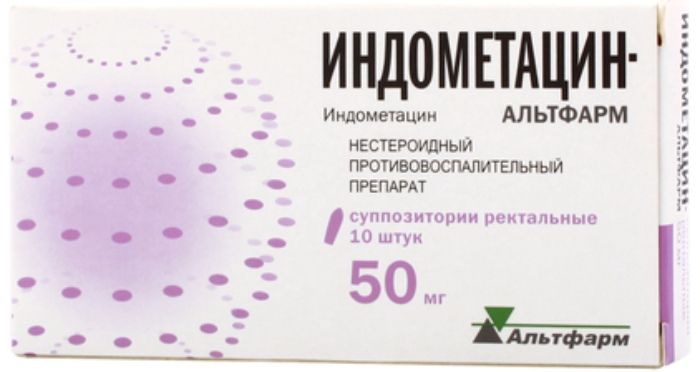
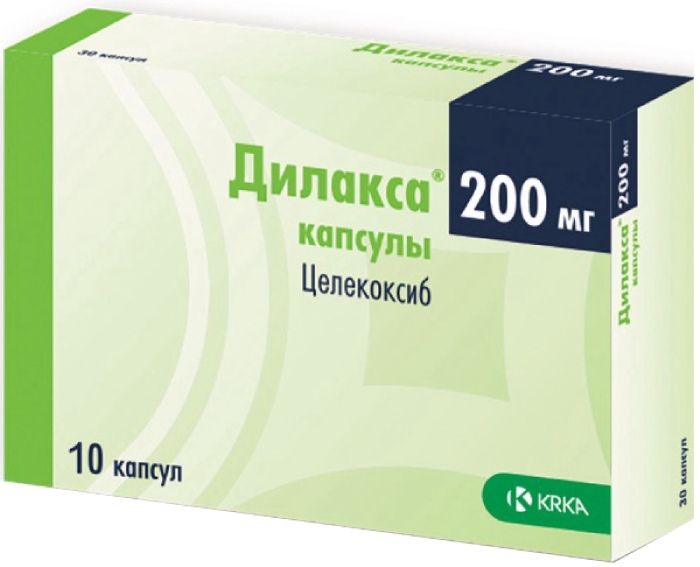
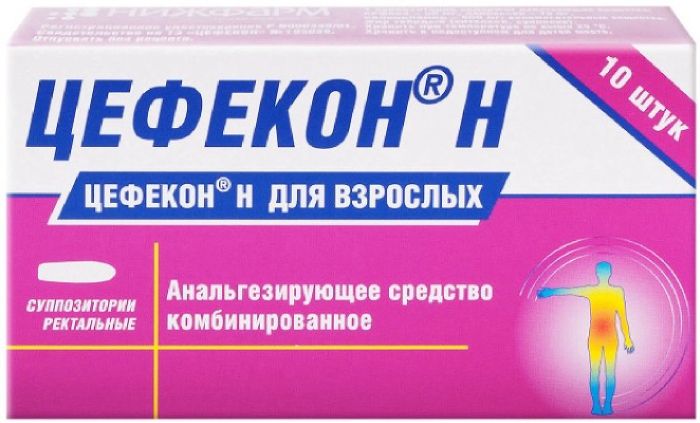
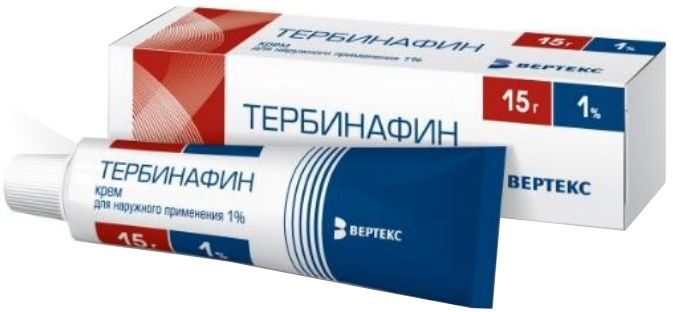
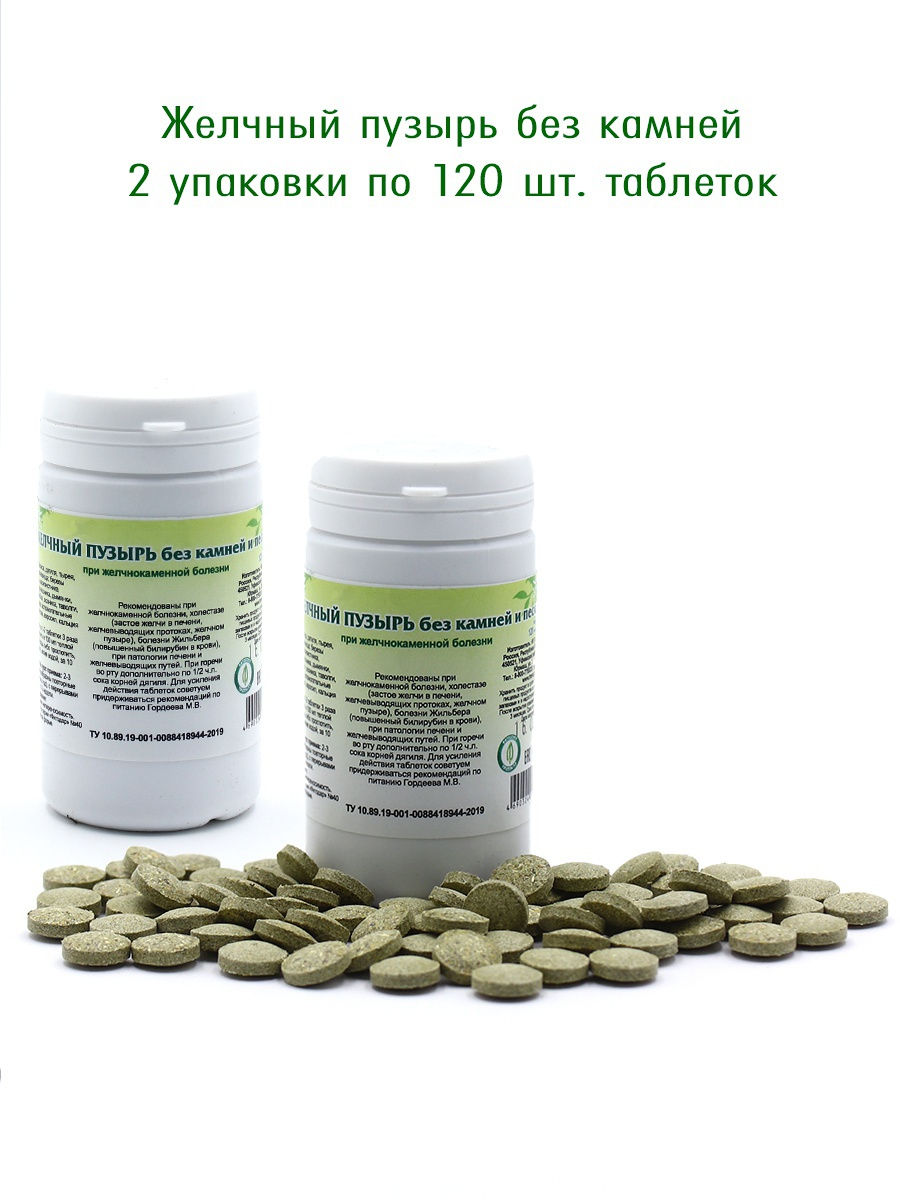

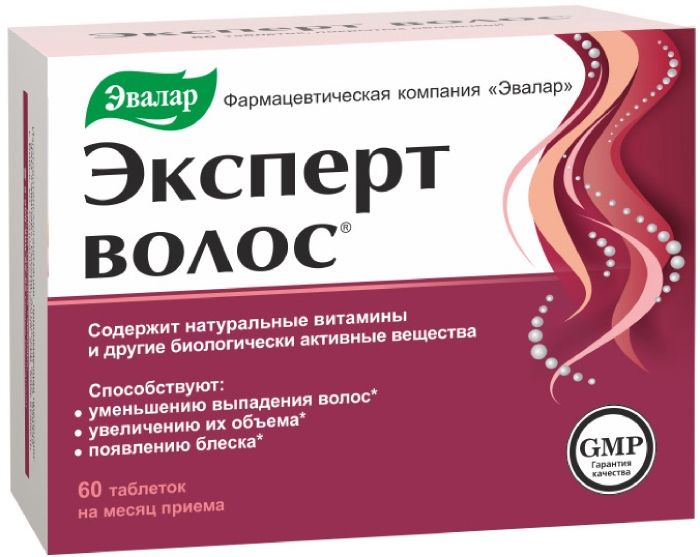
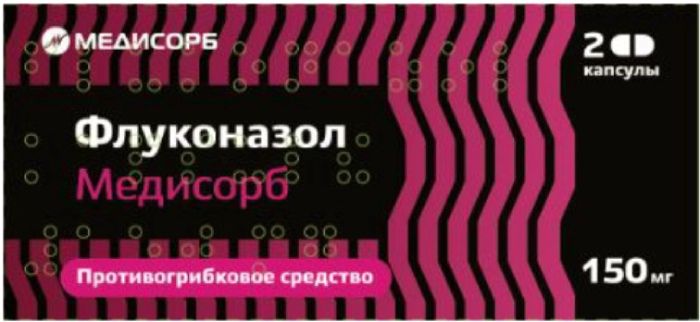
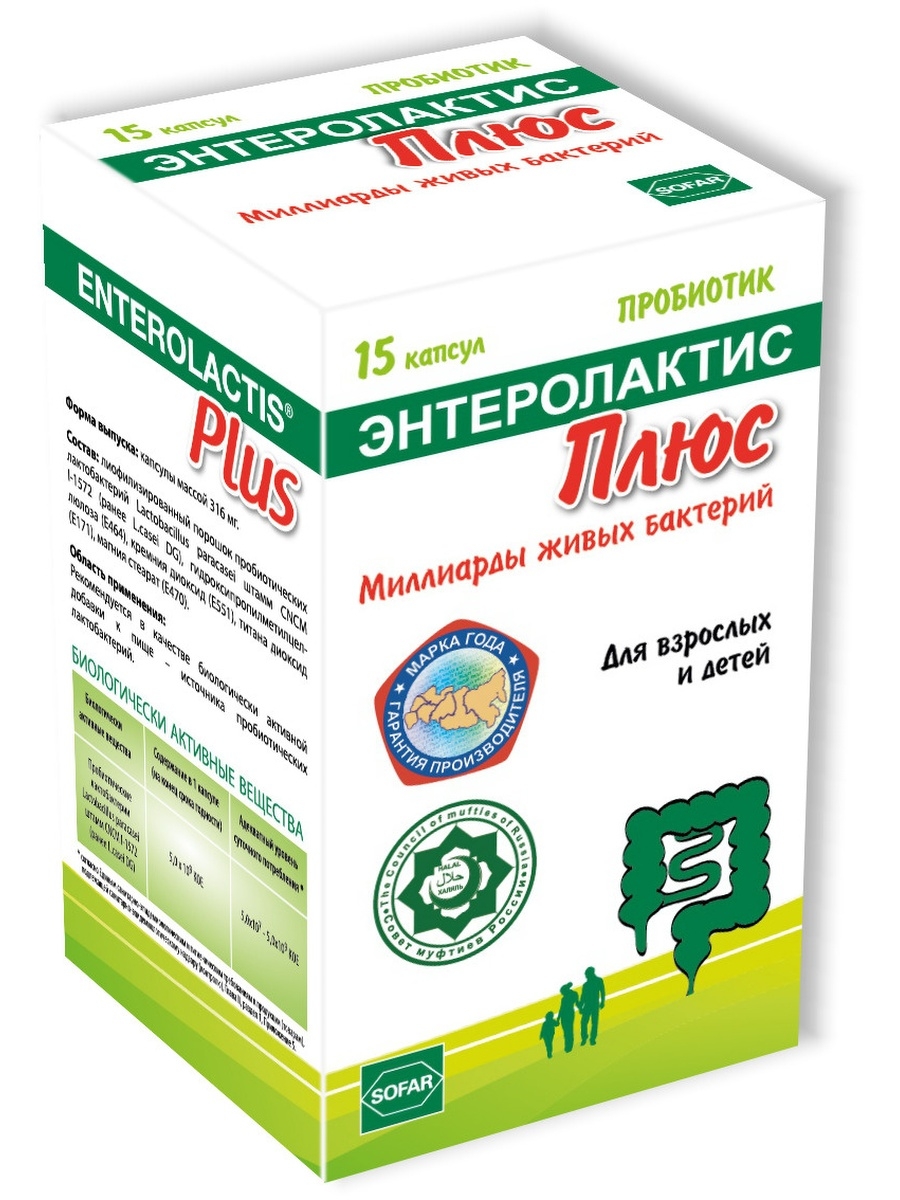




There are no reviews yet.